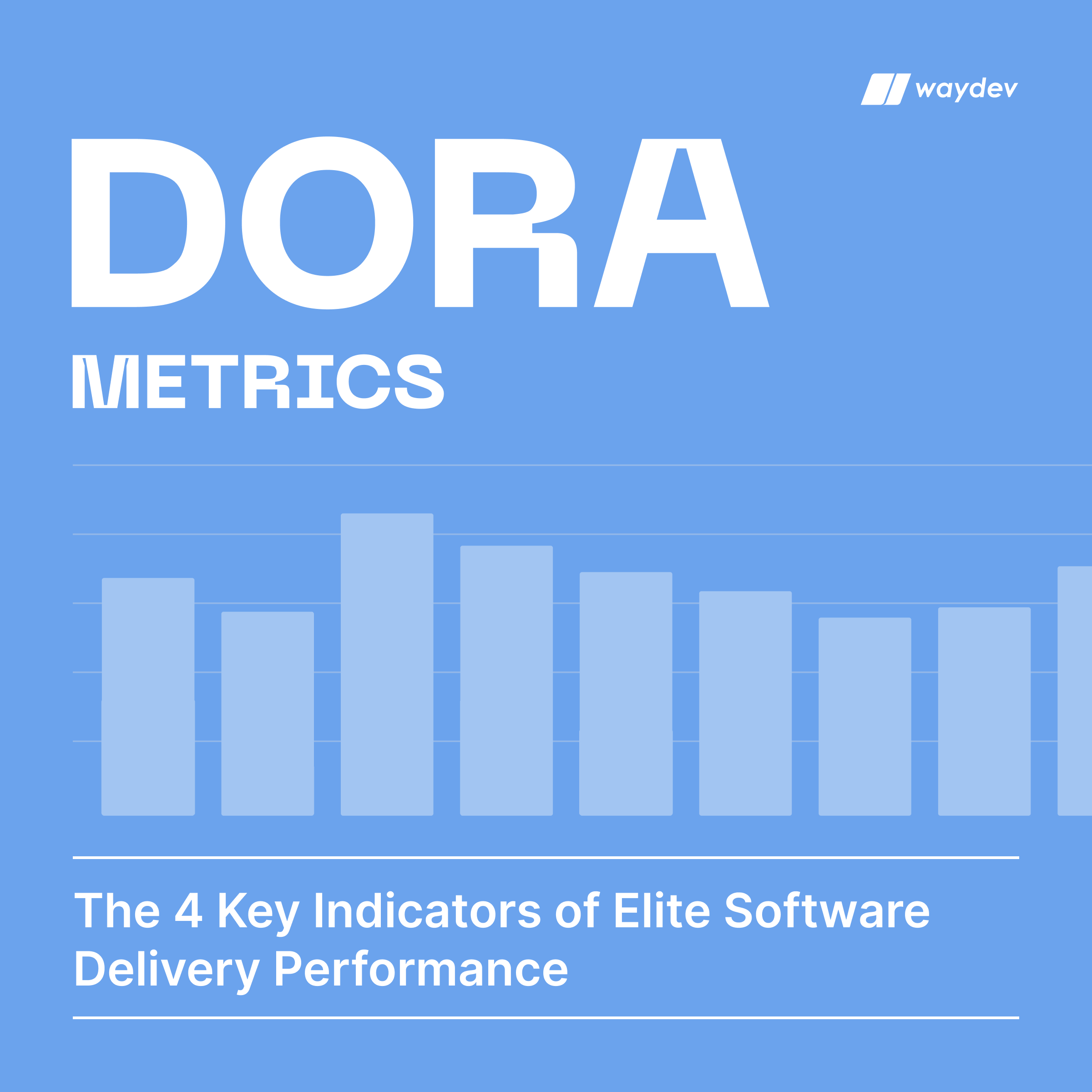Ignoring custom file extensions
From the Settings page, under the Project menu, you can add file extensions you want Waydev to ignore when analyzing your codebase. The default ignored extensions are ‘svg, gif, png, jpg, ttf, map, eot, woff, woff2, plist, json, 000, po, mo, sql.’

You can edit the extensions you want Waydev to ignore by clicking the ‘Edit’ button on the right side of the page.
Ignore commits based on a message
You can also set a custom regex to ignore commits with a message that matches the regex you set. For example, if you set the setting to “/\bweb\b/i”, Waydev will ignore all the commits which contain the word “web” in the commit message.

Custom Churn Days
Now you can adjust the time frame for Churn, Legacy Refactor & Helping Others according to your sprint duration. It’s set as default for 21 days, but if your sprints are not two-weeks long, you can set a custom time frame from the Settings page.
Ignore commits based on LoC
You can set Waydev to ignore commits that have more than your chosen number of lines of code. By default, Waydev ignores commits that have over 8000 lines of code.
Include merges into reports
By default, Waydev only takes into account the commits that are not merges, except for the Work Log. If you want to see them in other pages/stats, you can turn “Include Merges” on.
Stats Timezone
You can set a new stats timezone and all the stats will be converted according to the selected timezone. For example, if you select UTC, all the stats will be converted according to the UTC timezone.

If you select Local, commit stats will be converted according to the local time of execution, and pull requests will be converted to the UTC timezone.
If you select Custom, you will be able to select any timezone from the drop-down.
By default, commits are displayed according to the local time of execution, and pull requests are displayed according to the UTC timezone.
Custom processing time
You can also select a custom time of the day and timezone you want Waydev to process your commits at.

Manually start processing
If you need to update the data before we do it automatically, you can click on the “Manually Start Cloning Process” button and we will start updating your data right away. You can only do this once every 2 hours.

Team Settings
Team Settings enable users to assign settings for a particular team. With the Team Settings you can:
- Ignore commits based on a message (This is based on a regex. ex: /\bweb\b/i, result: all this team’s commits that have a message which contains the word “web” will be ignored)
- Ignore commits based on LoC (By default, we ignore commits with more than 8,000 LoC. Insert a positive integer to ignore this team’s commits that have more LoC than the positive integer selected.)
- Include merges into reports (By default, we don’t include merges into reports, except for the Work Log. If you insert ‘yes‘, we will include merges into this team’s reports.)
- Select the stats timezone (By default, we display stats according to the local time of execution. ex. If you are located in Los Angeles (PDT) and you have a team located in Chicago (CDT), selecting the PDT timezone for the team located in Chicago will convert that team’s stats to the PDT timezone.)
You can assign team settings for both existing and new teams.
Assigning team settings for existing teams
Step 1: Navigate to the Engineers page, in the Project section.

Step 2: Select a team from the team list, and then click Edit on the right side of the page.

Step 3: In the modal, select Settings. Insert the values you want to assign, and click Update.

Assigning team settings for new teams
Step 1: Navigate to the Engineers page, in the Project section.

Step 2: Click Create new team.

Step 3: In the modal insert the team name and description. Then, click Settings. Insert the values you want to assign, and click Create.

















